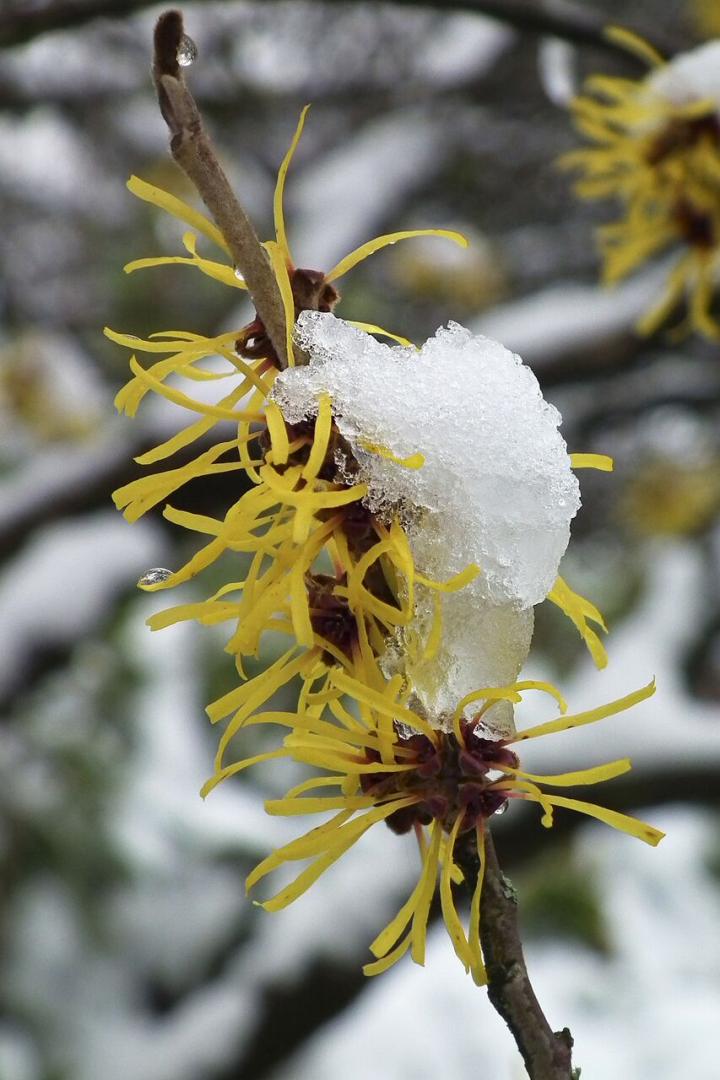
Witch Hazel
Add Witch Hazel to Your Garden for Healing and Winter Interest!
ADVERTISEMENT
Where can I get a plant of WITCH HAZEL for my garden??
I am interested in getting a witch hazel plant. Live in zone 5 what is availability and cost.
Location to purchase a witch hazel tree
We have always kept witch hazel on hand, and used it for scrapes and bruises on children especially since it doesn't sting when used as a wound cleaner or antiseptic. Good for burns, haemmorhoids, etc. My husband was a surgeon and so I never gave it a second thought- whatever he recommended. I would love to grow a bush of it- could make tea which i never considered. Could probably keep bush trimmed to a good size and use the trimmings medicinally.
Have Witch hazel growing in my wood lot. Didn’t know what it was till about 5 yrs ago. Some are 20 ft tall and some are 5 ft tall. Slow growers but healthy . They are growing in heavy soil. All wild in nature. None were planted.Northern Michigan
I don't have room for a 25' plant. Can they be kept pruned to about 6 or 7 feet tall without harming them? Thanks.
Pruning always worked for my grandmother's medicinal witch hazel and how she prevented it from becoming too large to manage. She'd remove suckers, all dead, any tiny/thin, weaker and criss-crossing branches yearly (in the autumn whenever they'd completely finished flowering) just to neaten it up, but she cut it back severely to about 1 to 1-1/2 foot tall ONLY when it exceeded the desired, manageable size (whenever it reached over 8 to 10 feet) then waited for it re-grow and mature again. To reduce its size, prune back the growth to no less than two buds but leave as many of the floral buds on the base of the healthy stems as possible -- usually about 1 to 1-1/2 feet tall. They are rounder than the oval leaf buds. She would toss any suckers and get rid of any dead or damaged trimmings and used the rest that was healthy to cut up to make her tinctures. She always made sure her cutting tools were clean and disinfected. Depending upon the size/fatness of the stems she used everything from razor blades and very sharp garden scissors to freshly sharpened hand held hedge loppers/trimmers for a smooth, straight, horizontal cut.
Could witch hazel survive in the winter weather conditions of SE Minnesota ?
It’s possible to likely, as the state is covered by USDA Plant Hardiness Zones 3 (north) to 5 (south) and witch hazel is hardy in zones 4 to 8, some sources say 3 to 8.
I planted a witch hazel some 15+ years ago and have enjoyed the early show of yellow telling me that spring is near. Along with the yellow in color arborvitae, it is one of the few things with some color in the neighborhood.









